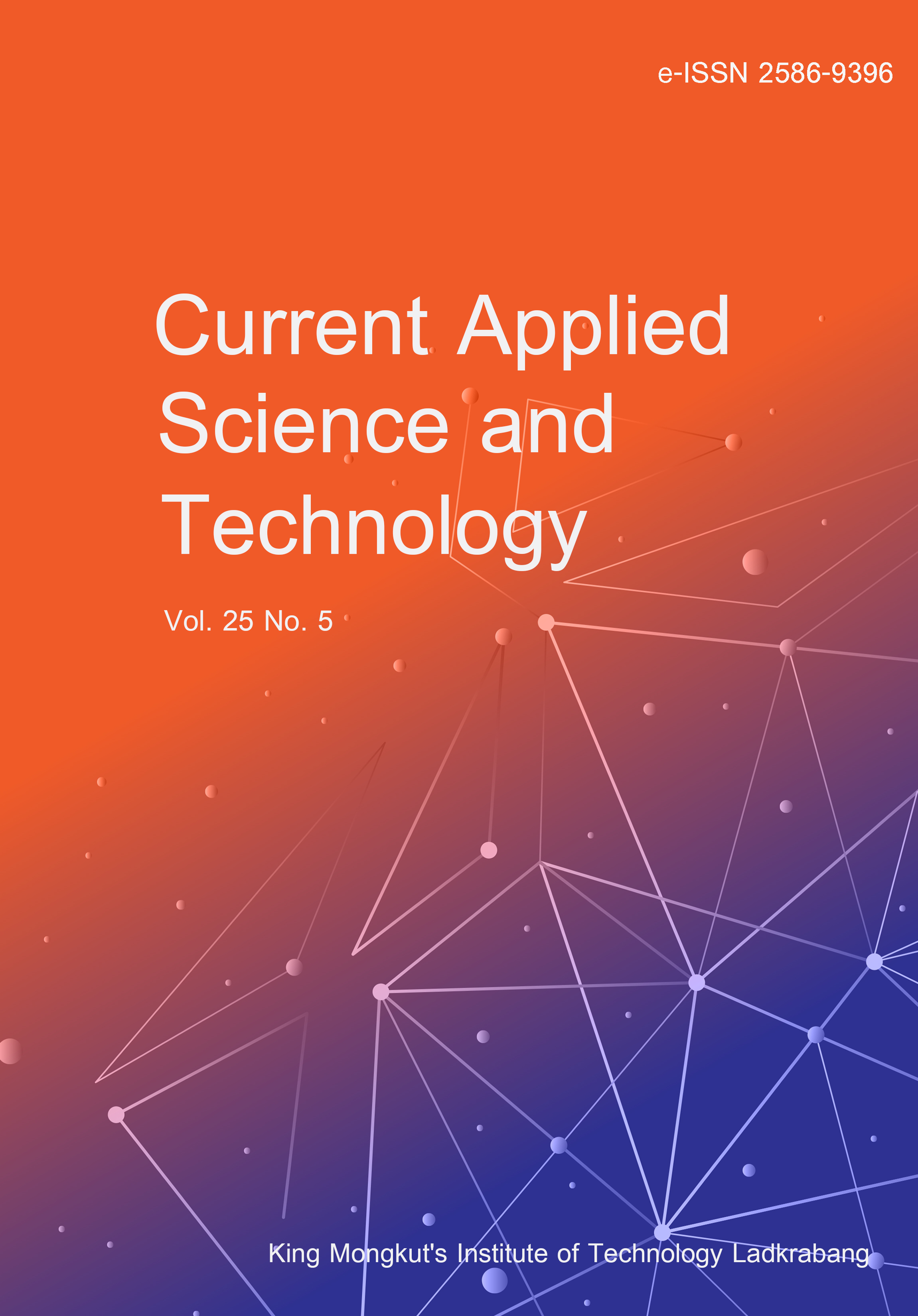he glasses prepared with praseodymium oxide (Pr2O3) in phosphor-tellurite glass systems with varying compositions were used to study their emission behavior. The compositions investigated range from the base glass (40-x)TeO2 - 30P2O5 - 20ZnO - 10Sb2O3 to the glass with the addition of praseodymium oxide at different concentrations, represented by the parameter x. The main objective of this research was to understand the influence of praseodymium oxide on the optical and spectroscopic properties of the glass matrices. The glass samples were prepared using conventional melt-quenching techniques at 1100°C for 30 min, annealing at 300°C for 3 h, and characterization using various analytical methods. Changes in physical properties of the glass due to the addition of praseodymium were recorded and analyzed. It was observed that the addition of praseodymium decreased densities from 4.15 to 3.90 g/cm3, and refractive index from 1.653 to 1.633. However, the molar volume increased from 36.5 to 39.2 cm3/mol. The existence of the glass host (phospho-tellurite) and its physical characteristics were confirmed by FTIR and XRD analysis. Optical absorption spectra were recorded to investigate the peaks associated with transitions from 3H4 state to 3P2,1,0, 1D2, 1G4, and 3F4,3,2 states. Photoluminescence (PL) spectra were measured to study the emission characteristics, including the emission peaks (3P0 → 3H4, 3P1 →3H5, 1D2 → 3H4, 3P0 →3F2, and 3P1 →3F3). At concentrations above 0.1 mol % of Pr3+ ions, the emission intensities are found to decrease with the increase of Pr3+ concentration due to concentration quenching. Additionally, the CIE chromaticity coordinates, ranging from orange to green, were determined to assess the suitability of glasses for visible luminescence devices.
Thanyaphirak, W. undefined. ., Yasaka, P. ., Boonin, K. undefined. ., Jarupreedephad, K. undefined. ., & Kaewkhao, J. undefined. . (2025). Analysis of Optical Dynamics and Spectroscopic Phenomena of Praseodymium-doped Phospho-Tellurite Glasses for Visible Luminescence Devices. CURRENT APPLIED SCIENCE AND TECHNOLOGY, e0263873. https://doi.org/10.55003/cast.2025.263873

